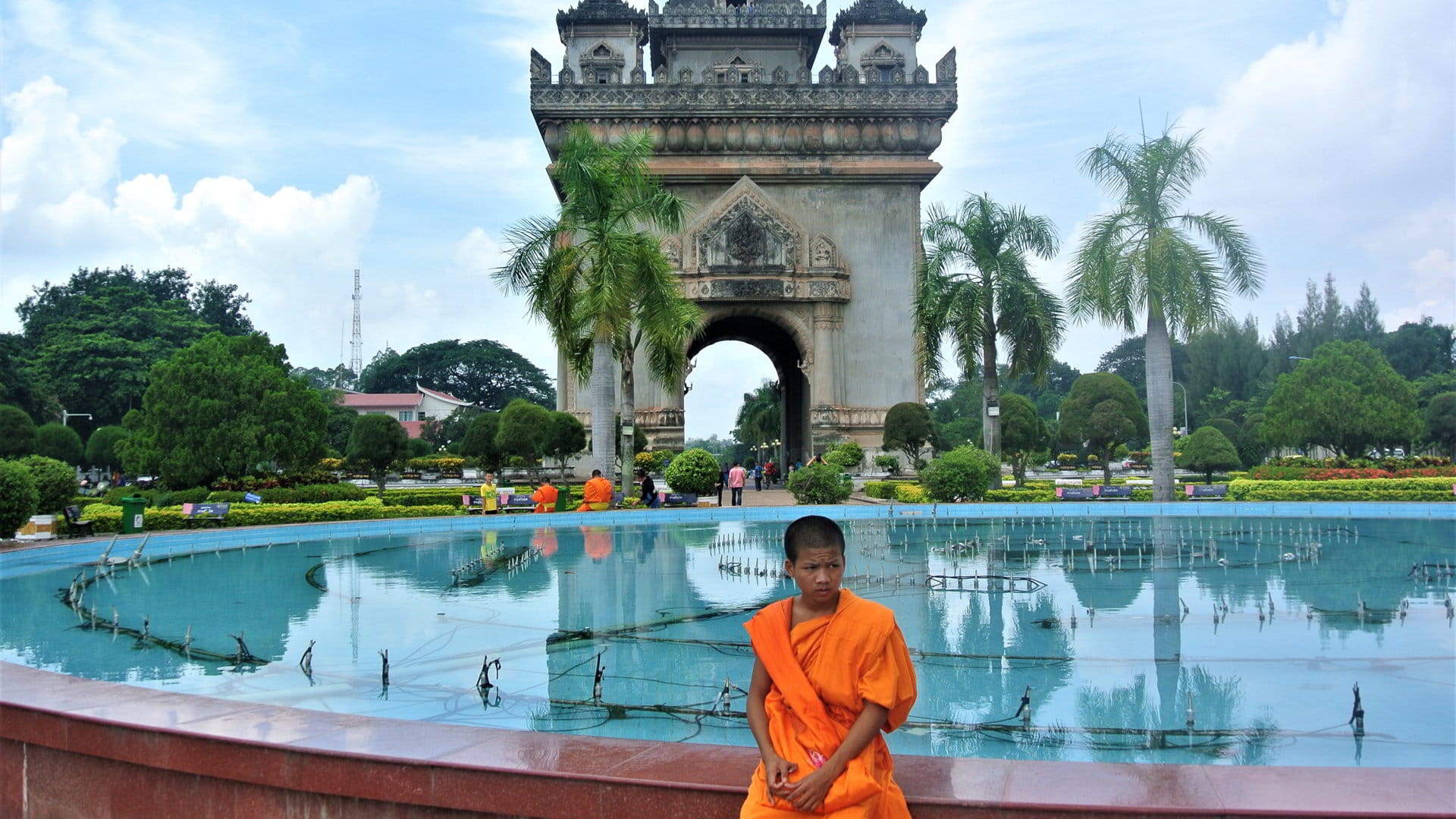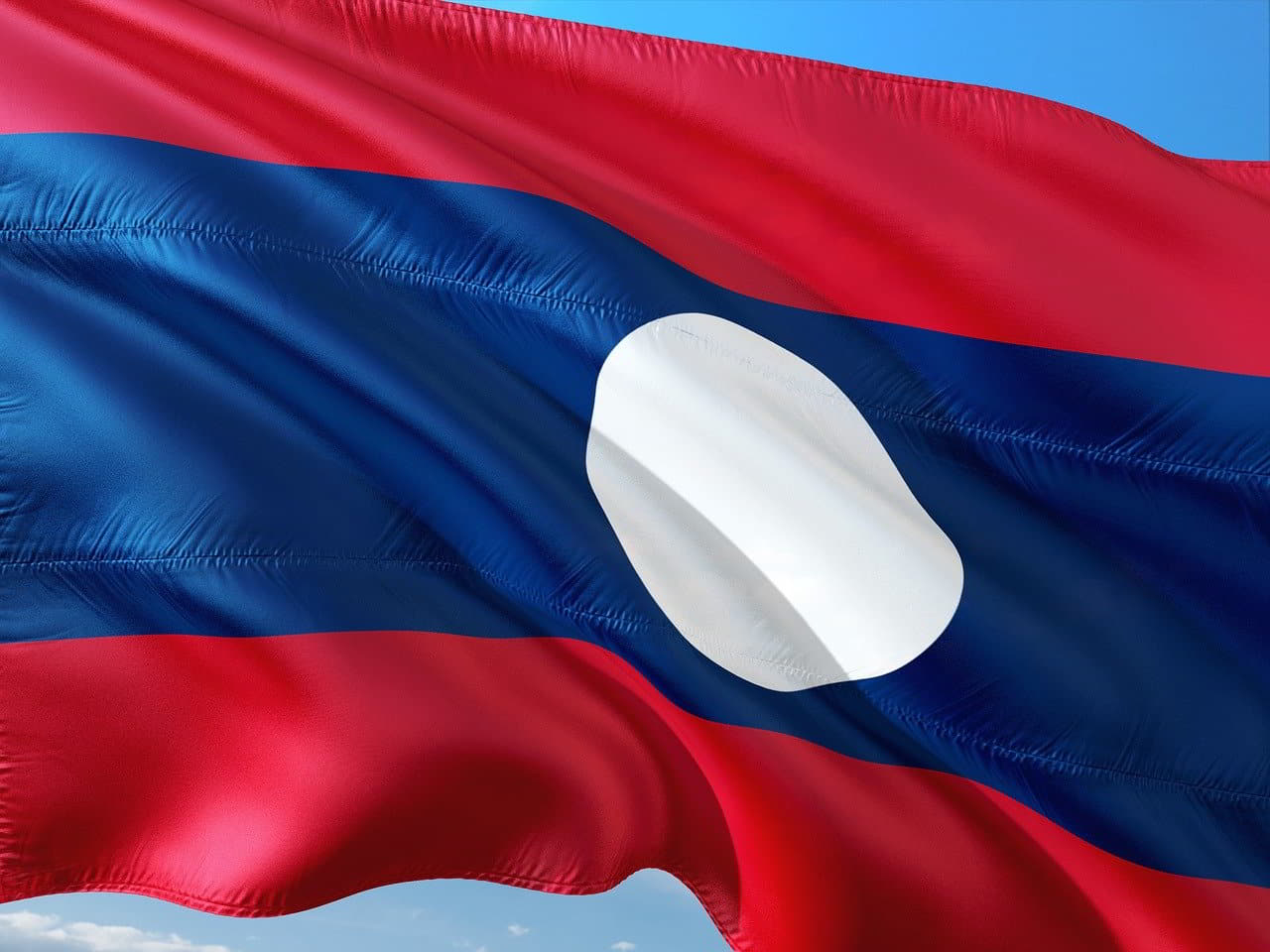Laos Travel Guide: Cultural and Practical Insights for a Relaxed Exploration
Laos has the Mekong as its backbone. It follows it from the famous Golden Triangle to the Cambodian border. A land of no sea, it is a region of many greens.
- Laotian name: ປະເທດລາວ
- Language: Lao
- Population: 7,500,000
- Capital: Vientiane
- Main river: Mekong
- Currency: Kip
- Time zone: UTC +7
- Area code: +856
- Type of governance: Republic One-party communist state
- Neighbouring countries: Myanmar, China, Thailand, Cambodia, Vietnam
What is the capital of Laos?
The capital of Laos is Vientiane, which has held this status since 1975. It was officially designated as the capital during the establishment of the Lao People’s Democratic Republic. Prior to that, Vientiane served as the capital during the colonial period and until Laos gained independence from France in 1946.
What are the main cities in Laos?
Apart from the capital Vientiane, Laos has several other major cities, some of which are well worth a visit:
Luang Prabang:
Nestled in the northern region of the country, Luang Prabang stands as a testament to history and culture, earning its well-deserved status as a UNESCO World Heritage Site—a destination that simply cannot be overlooked.Pakse:
Situated in the southern reaches of Laos, Pakse emerges as a vital hub atop the Bolaven Plateau. It serves as a favored launchpad for delving into the awe-inspiring landscapes that define the region.Savannakhet:
Boasting a robust economic dynamism, this town shares its borders with Thailand and lies strategically along a significant route connecting it to Vietnam. A delightful pause in your journey awaits, making it a welcoming stopover.Thakhek:
Nestled along the banks of the Mekong, this town exudes a tranquil charm, a haven removed from the bustling currents of mass tourism. Many visitors are drawn to this idyllic locale, often choosing it as the starting point for the renowned motorbike adventure - The Loop.Vang Vieng:
Traditionally renowned for its festive atmosphere, Vang Vieng reveals an additional layer of allure with its breathtaking scenery of limestone mountains and winding rivers. Not bad at all.Xieng Khouang:
Nestled in the central heartland of Laos, Xieng Khouang has gained fame for housing the enigmatic Plains of Jars—an extraordinary archaeological site that stands as a testament to its uniqueness.Champasak:
Renowned for its proximity to the Khmer temples of Wat Phou, Champasak has secured its place on the global stage as these temples have earned the prestigious designation of a UNESCO World Heritage Site.
All the information on the main towns and regions of Laos:
What is the official language of Laos?
The official language of Laos is Lao. Lao, also known as Laotian, belongs to the Tai-Kadai family of languages. It is widely spoken by the majority of the population and serves as the primary language in various aspects of daily life, including administration, education, and media.
It’s worth mentioning that Laos is a multilingual country, and there are numerous ethnic languages spoken by different ethnic minorities. While the government recognizes certain minority languages as regional languages, Lao remains the dominant and official language of the country.
When is the best time to visit Laos?
Laos has a tropical climate and is generally divided into two main seasons:
Dry season (November to April): This is the peak tourist season in Laos. The weather is dry, with pleasant temperatures, especially from November to February, when temperatures are cooler, especially in the mountainous regions. This is the ideal time to explore the tourist sites, go hiking and enjoy the local festivals.
Rainy season (May to October): This period is characterised by heavy rainfall, particularly from June to September. Some areas may be difficult to access due to flooded roads. However, the landscapes become lush and green, and tourism is less frequent, which can be interesting for travellers looking for tranquillity and lower prices.
Do I need a visa to travel to Laos?
Yes, you need a visa to enter Laos. There are generally three types of visa:
Visa on arrival:
Many travellers can obtain a visa on arrival in Laos. This means that you can obtain a visa directly on arrival at one of the country’s international entry points, such as international airports and land border crossings. Please note that not all entry points issue visas on arrival, so be sure to check this information before you leave.Electronic visa:
Some countries also offer electronic visas for Laos, which can be obtained online before you travel. Check whether this option is available for your nationality.Tourist and residence visas:
Laos offers different types of visa, including tourist visas for short stays and visitor visas for long stays or business travel.
What currency is used in Laos?
Laos uses the Laotian kip as its official currency, and the official currency code for the Lao kip is “LAK.” Banknotes are available in various denominations, ranging from small notes of 500 kips to larger notes of 100,000 kips.
It’s worth noting that while the Lao kip is the official currency, in tourist areas and major cities, it is common to encounter the use of foreign currencies such as the US dollar and the euro for larger transactions, accommodations, and tourist activities. However, for everyday purchases and local spending, Lao kips are generally preferred.
The Kip, a Highly Volatile Currency:
The value of a currency, such as the Laotian kip, is susceptible to fluctuations influenced by diverse economic, political, and social factors. These fluctuations may result in variations in the kip’s value relative to other foreign currencies, and at times, these variations can be quite pronounced. Prices displayed on websites are frequently inaccurate due to the country’s rapid inflation.
Laos transport
In Laos, a diverse range of transportation options facilitates travel:
- Buses: Ideal for long-distance journeys, buses connect various parts of the country.
- Tuk-tuks: A convenient mode of transportation for navigating within towns.
- Car or Motorbike Hire: Providing flexibility for independent exploration, rental cars and motorbikes are available.
- Boats: Along the Mekong River, boats offer scenic travel and access to riverside destinations.
- Domestic Flights: Connecting major cities and regions, domestic flights provide a faster travel option.
- Bicycles: Perfect for leisurely exploration, bicycles are a popular choice for local travel.
- Rail Network: Running from Vientiane to the Chinese border, the rail network offers an alternative for certain routes.





